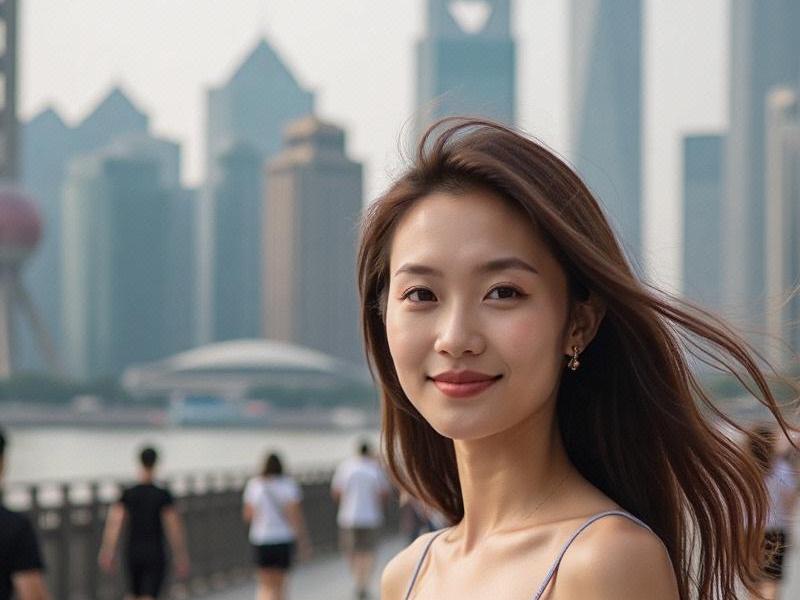
In the labyrinthine lanes of Shanghai's renovated shikumen neighborhoods, past and future collide in fascinating ways. The city that once symbolized China's economic miracle is now staging a cultural revolution that could redefine its global identity. From the restored colonial buildings along the Bund to the cutting-edge digital art installations in West Bund, Shanghai is crafting a unique cultural ecosystem that honors history while embracing innovation.
The West Bund Museum District exemplifies this duality. Once an industrial wasteland, the 9-kilometer stretch along the Huangpu River now houses 20+ world-class institutions, including the Long Museum and Tank Shanghai. The recently opened Digital Art Center, featuring AI-generated interactive exhibits, attracted 1.2 million visitors in its first six months. "We're creating a dialogue between China's artistic legacy and global contemporary trends," explains curator Li Zhen.
上海花千坊龙凤 Heritage preservation has taken center stage. The Shanghai Municipal Government's 2024 Cultural Blueprint allocated ¥3.8 billion for restoring 128 historical buildings, including the complete renovation of the 1933 Slaughterhouse into a multidisciplinary arts complex. Meanwhile, intangible cultural heritage finds new life through initiatives like the Shanghai Craft Revival Project, which has trained 400 young artisans in traditional techniques adapted for modern markets.
The creative economy is booming. Shanghai's design sector grew 18% in 2024, with over 5,000 studios now operating in the city. The M50 art district has evolved into a global hub, housing galleries from 15 countries. "Shanghai offers the perfect ecosystem - serious collectors, daring artists, and visionary institutions," says French gallerist Philippe Dupont.
上海花千坊419 Literary Shanghai is experiencing a revival. The renovated Shanghai Library East, with its AI-powered research assistants and 24-hour maker spaces, has become a haven for writers. The annual International Literary Festival now attracts Nobel laureates alongside WeChat poets. "There's an energy here that reminds me of Paris in the 1920s," observes novelist Yu Hua.
上海龙凤阿拉后花园 Performing arts flourish in reinvented spaces. The 100-year-old Majestic Theatre reopened after a sensitive restoration that preserved its art deco features while adding holographic stage technology. The Shanghai Symphony Orchestra's innovative VR concerts have reached audiences in 40 countries. "We're breaking the fourth wall between East and West," says music director Yu Long.
Challenges persist in balancing development with authenticity. Some critics argue the commercialization of Tianzifang has diluted its artistic spirit, while others worry about rising rents pushing out young creators. However, with policies like the Artist-in-Residence Program and Creative Industry Tax Incentives, Shanghai seems determined to sustain its cultural momentum.
As the city prepares to become UNESCO's World Design Capital in 2026, its cultural ambitions continue to grow. From the Shanghai Biennale's boundary-pushing installations to the experimental opera productions at Yuz Museum, China's global city is writing a new chapter in 21st century urban culture - one that could redefine what it means to be both distinctly Chinese and truly international.
